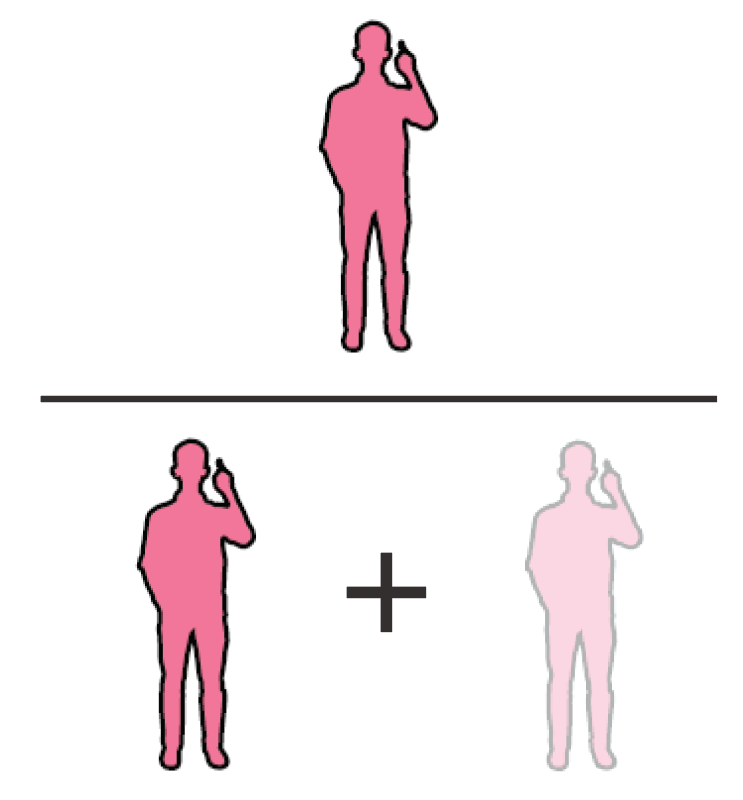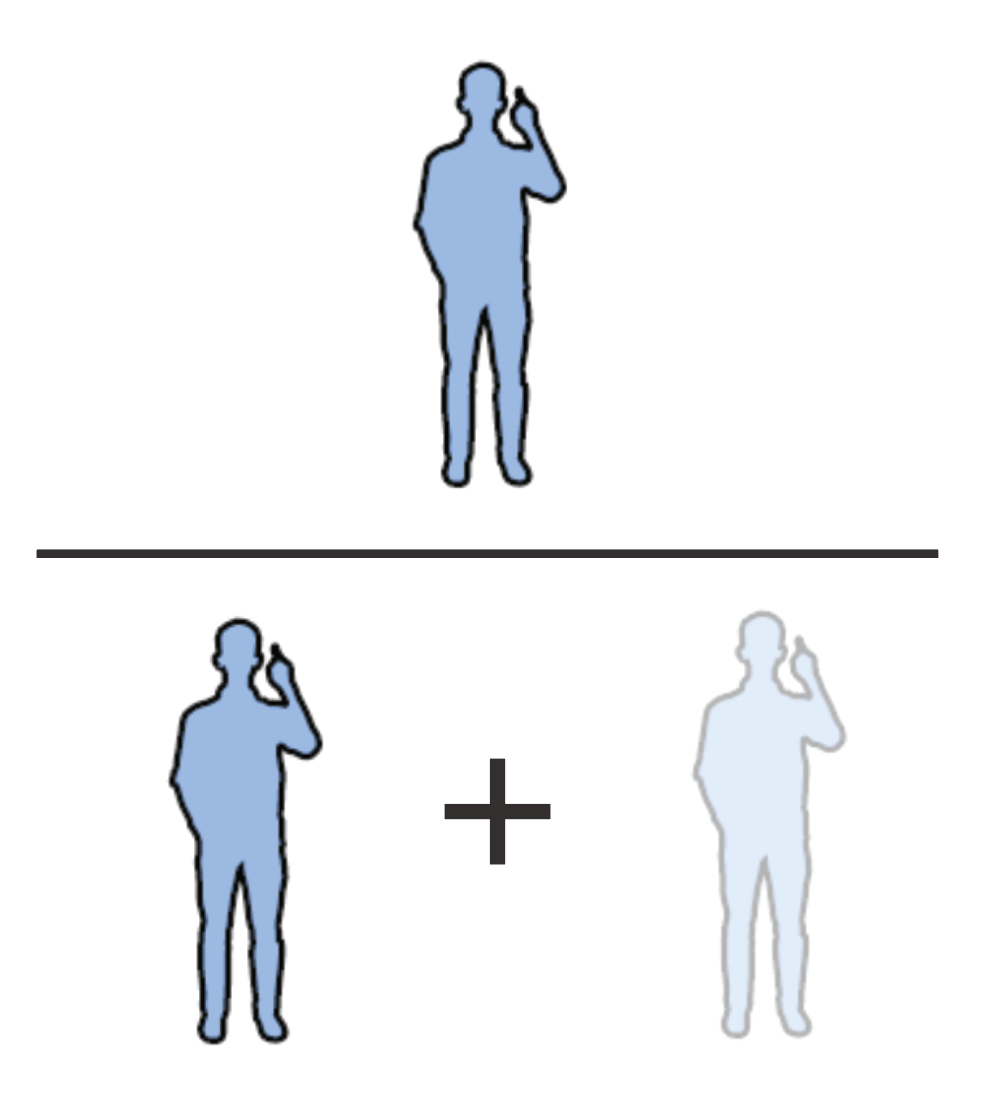What do these terms mean?

The sensitivity of a test is the probability of a positive test result given an individual who truly has SARS-CoV-2 antibodies. This is calculated by dividing the number of accurate positive predictions by the total number of positives in the population. The greater the sensitivity, the less likely a test outcome is a false negative.

The specificity of a test is the probability of a negative test result given an individual who does not have SARS-CoV-2 antibodies. This is calculated by dividing the number of accurate negative predictions by the total number of negatives in the population. The greater the specificity, the less likely a test outcome is a false positive.

The population prevalence is the fraction of individuals in a given geographical area who have been exposed to the SARS-CoV-2 virus and have developed antibodies. We don't know for certain what the actual population prevalence is, but can make estimates by testing the population. The FDA and CDC estimates a US-wide population prevalence is likely to be around 5%.
Loading...
The lateral flow assay made by for antibodies has a sensitivity of and specificity of .
Based on COVID-19 prevalence nationwide and this test's performance metrics, there is a probability that you actually have SARS-CoV-2 antibodies if you test positive.
Nationwide, it's estimated that of the population has had COVID-19 caused by the SARS-CoV-2 virus. If everybody were to take API's antibody test, around of results would come back positive, including healthy individuals.
Use the sliders below to see how a test's specificity and sensitivity impacts the probability of having SARS-CoV-2 antibodies given a positive result.